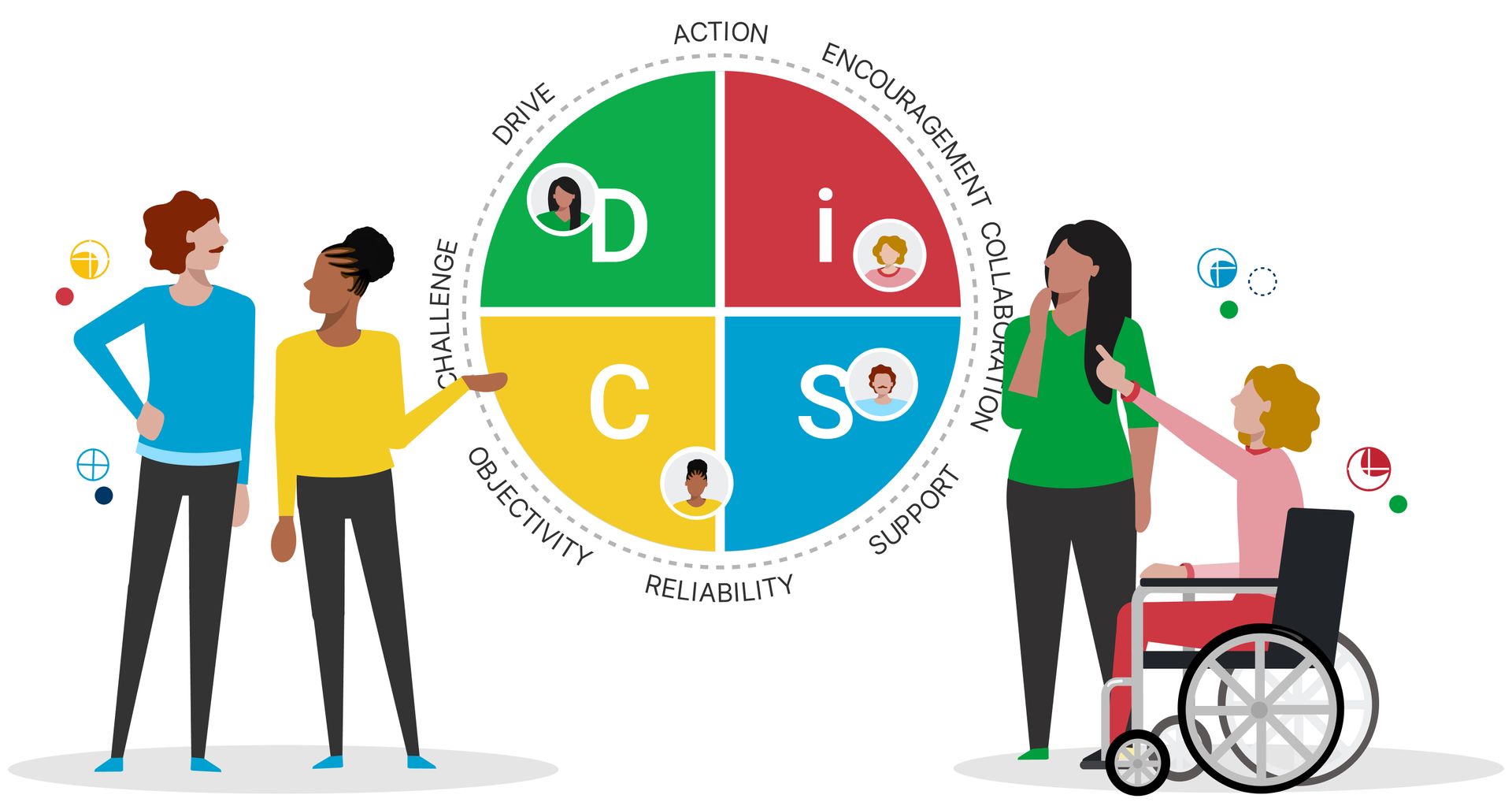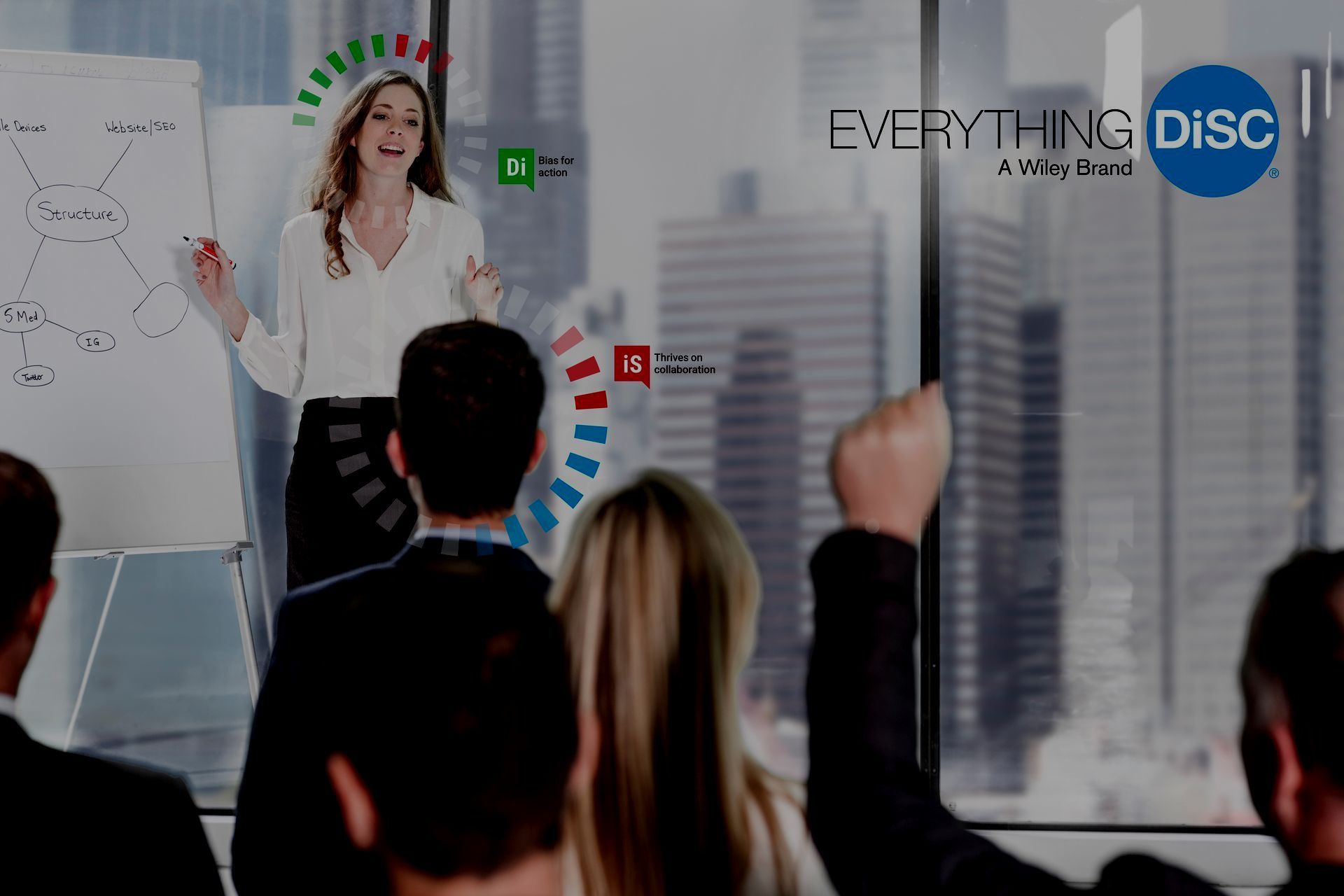By: Melissa Barlock
Why do engaged employees perform better?

Because of the COVID-19 pandemic, mental health and wellbeing have been thrust into the limelight. Though we all know that it is essential to stay positive, it is also important to acknowledge the realities. Thus, Enspire has recently taken a good hard look at burnout in order to raise awareness about this often neglected, misunderstood, and underestimated syndrome of stress in the workplace. As we get back into the swing of things at work and social outings become more commonplace, things are starting to look up again and we are beginning to feel the positive energy in the atmosphere. A goal-oriented outlook and focus on improvement can have a huge impact on the individual, and that is how we should also approach change in the workplace. The goal is not just the prevention of burnout, but the promotion of engagement!
What is engagement?
One way to look at it is that it’s the opposite of burnout. Whereas burnout includes exhaustion, cynicism/depersonalization, and inefficacy/a reduced sense of personal accomplishment, engagement can be characterized as being energized, engaged, and having a personal sense of accomplishment or satisfaction. Others have described it as “an active, positive work-related state that is characterized by vigor, dedication, and absorption,” and engaged employees as “being fully physically, cognitively, and emotionally connected with their work roles.” Think about that server who obviously does not like her job or is having a particularly bad day. Now think about the server who is positive and confident, whose mere presence and demeanor is a joy to be around. There’s also that server who is neither pleasant nor unpleasant, but is meeting the basic expectations of his or her role. One of these servers may be experiencing burnout, the other simply doing their job, and the final is fully engaged. Can you guess which ones? Similarly, most of us have also experienced the excitement and been inspired by the speaker or teacher who is passionate about their chosen field of study. Engagement is a philosophy and an attitude more than anything, and it can occur in any workplace!
What engagement is not
Engagement is notably different from many popular constructs in occupational psychology (also known in the business as industrial and organizational psychology [I-O psychology]; and industrial, work, and organizational psychology [IWO]). Occupational psychology is essentially the scientific study of human behaviour as it applies to the workplace and includes many familiar topics such as motivation, organizational culture, leadership, team-building, etc. Such topics are important (which is why we’ve covered them in some of our other blogs, of course), but taken in isolation they lack some of the key dimensions of workplace engagement. For example, organizational commitment points to an employee’s allegiance to a company, but it focuses on the organization and not the employee’s relationship with the work itself. Similar concepts are job satisfaction and job involvement, but they lack the energy and effectiveness components that are so important to engagement. Thus, engagement offers a more thorough and holistic approach to the individual’s relationship with their work and, in turn, can be a better long-term predictor of job satisfaction and performance.
Engagement-Performance Link
There are many reasons why engaged employees perform better than non-engaged workers; four examples are listed below:
- Positive emotions: Just as negative emotions can be self-perpetuating and lead to narrow thinking, positive emotions such as joy, enthusiasm, and gratitude can have long-lasting effects and broaden one’s thinking (thought-action repertoires), including attention and cognition, enabling flexible and creative thinking, among others. Furthermore, positive emotions build psychological resilience and the ability to cope, and promote psychological and physical wellbeing, and can even undo lingering negative emotions. Engaged employees have a more positive emotional state and experience positive emotions more frequently, along with the benefits that come with it.
- Better health: Positive thinking reduces stress, improves resilience, and nurtures optimism, leading to better overall physical and mental health and wellbeing. Optimal health and a positive emotional state is necessary for optimal functioning, enabling employees to focus all their energy, attention, and skills to the task at hand.
- Create their own job and personal resources: I will expand on these in an upcoming post, but briefly, engaged workers are able to create, facilitate, and utilize resources in the workplace and from within to achieve work goals.
- Transference: Crucially, engaged employees are able to influence the engagement of others in the workplace, especially when collaboration is a key component, ultimately improving team performance as well as customer relations in the health setting.
Enspire Dental Opportunities is looking forward to working with you.












